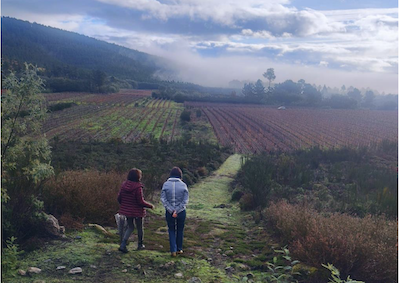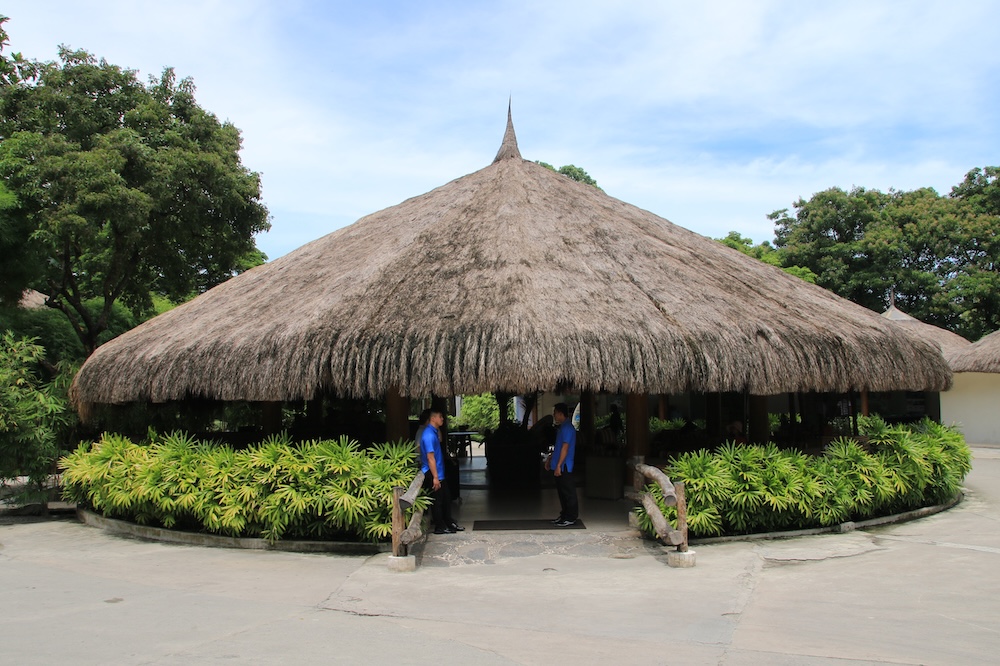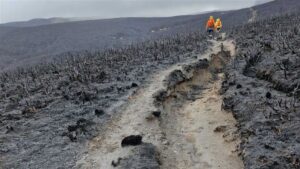Vineyards: The last Barrier against Fire
The preservation of both tangible and intangible cultural heritage is a well-known concern, as everything is directly recognised as Culture. However, a less widely recognised aspect is the safeguarding of regions where agriculture is an integral part of the context from the effects of wildfires.
From this viewpoint, all stakeholders involved in this endeavour, including cultural heritage professionals and fire safety experts, should acknowledge that safeguarding agriculture-based regions encompasses not only crop protection but also the preservation of identity, history, and landscapes deeply ingrained in cultural memory.
Historical Context & Rising Threats
Wildfires have long been part of natural cycles, yet their destructive impact on cultural landscapes, particularly wine regions, was rarely this alarming until the 21st century. From South Australia’s “Ash Wednesday” fires in 1983 to southern Europe’s record 2003 heat-driven blazes, early signals of new fire regimes seem to emerge. Since then, catastrophic events have grown in frequency and scale:
- 2008–2009: Napa’s smoke-taint crisis and Victoria’s Black Saturday fires exposed the lethal combination of drought, extreme heat, and fire in renowned wine zones.
- 2010s: Glass Fire (2020) in Napa–Sonoma decimated over 67,000 acres and destroyed more than 1,500 structures.
- “Black Summer” 2019–2020: Australia’s burn affected major wine areas like Adelaide Hills, Kangaroo Island, and Canberra.
- 2023–2025: Wildfires ravaged Chile, Greece, Canada’s Okanagan, and — notably — Europe in 2025. In southern France’s Aude (Corbières), up to “80% of vineyards were destroyed or tainted“, marking France’s worst fire since 1949.
The Climate Connection
Rising temperatures, prolonged drought, and erratic weather—have radically altered the fire landscape, not only in the built environment. Regions once deemed moderate are now tinderboxes. Studies confirm:
- California’s annual burned area has increased five-fold since the 1970s.
- Australia’s 2019–2020 fires were made at least 30% more likely by climate change.
- Southern Europe now sees its fire region grow substantially in risk due to rising heat and drought.
Vineyards as Firebreaks
Wine regions embody both “agricultural and cultural heritage”—they are living palimpsests of history, tradition, and place. Vineyards can take decades to cultivate, and centuries-old vines hold stories rooted in terroir. Unlike movable heritage, their loss is irreplaceable.
Well-managed vineyards can function as natural firebreaks, slowing the advance of flames by interrupting fuel continuity. In Aude, winemakers lamented the uprooting of vines—which once acted as “the last barrier” against fire—as a key factor in the blaze’s rapid spread.

Examples of Smart Adaptation
- EU FIRE-RES “Fire Wine” project (Catalonia, France, Spain, Portugal). Uses buffer strip maintenance, vegetation clearing, and recognition labels for fire-resilient viticulture.
- Mediterranean research (Spain, France, Italy). Highlights the need for mosaic landscapes and better administrative support to enable vineyards to serve as effective fuel discontinuity zones.
- Napa Valley tech-led resilience. Faced with soaring insurance costs, vineyards now deploy private fire trucks, rooftop sprinklers, brush management with livestock, and lidar‐based mapping for strategic firefighting.
- Smoke-taint mitigation R\&D. Universities in the U.S. (Oregon State, WSU, UC Davis) are devising spray barriers, smoke sensors, and filtration methods to detect and reduce harmful compounds in wine.
Moving Forward: A Fire-Safety & Heritage Action Blueprint
UNESCO underscores the significance of heritage, both tangible and intangible, in informing disaster preparedness. Traditional knowledge and local stewardship play a pivotal role in developing resilient fire mitigation strategies. To achieve this objective, a suitable approach should encompass one or more actions, such as:
- Prevention & Landscape Management
- Promote and fund vineyard retention and management as natural fuel breaks.
- Use spatial zoning and landscape planning tools to maintain agricultural mosaics, especially where vineyards meet forest edges.
- Technology & Community Resilience
- Integrate early warning systems with drones, satellites, and local sensor networks.
- Support community-led measures such as private fire units, shared water resources, and brush management with livestock.
- Heritage Integration
- Ensure that cultural and heritage values are embedded in fire safety and emergency planning.
- Involve vineyard owners, local communities, and cultural institutions in participatory fire-risk decision-making.
- Innovation & Research
- Support R&D on smoke-taint filters, fire-resistant vineyard practices, and adaptive grape varieties/rootstocks.
- Replicate successful initiatives like the EU’s “Fire Wine” project, which links resilience practices to recognition labels for producers.
- Policy & Insurance
- Advocate for subsidies and incentives that reward fire-smart viticulture.
- Adapt insurance models to reflect not just economic but also cultural heritage value, encouraging risk-reduction practices.
- Climate Mitigation & Advocacy
- Position wine regions as visible advocates for climate action, leveraging their symbolic and cultural weight.
Conclusion
For fire safety professionals dedicated to preserving cultural heritage, wine regions are a critical concern. The loss of vines in these regions carries far beyond economic implications; it represents a profound loss of place and memory.
To address this challenge, integrated strategies that encompass vintage stewardship, technical innovation, landscape management, heritage-informed policies, and climate action should be adopted by the involved professionals.





